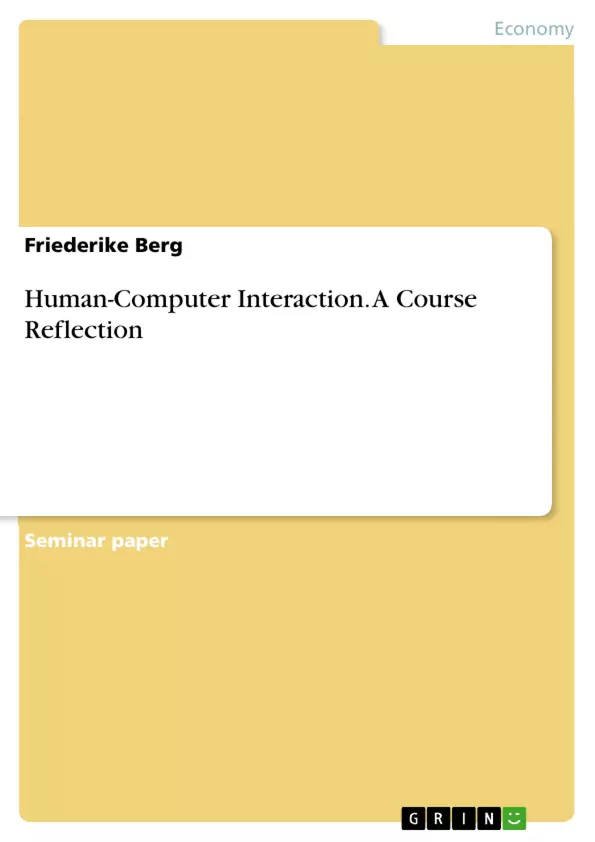Human-centered design (HCD) is a philosophy that empowers an individual or team to design products, services, systems, and experiences that address the core needs of those who experience a problem. Besides HCD, there are other methods and perspectives such as Agile methods, Waterfall method, and Scrum. The Waterfall methodology is a traditional approach to create a system while solving it with a linear process. After the completion of one phase, the engineer moves forward to the next one. It works best for short and well-defined projects.
Agile methodologies begin by designing and developing simultaneously and concurrently that means the design and development phases are separated. The Scrum methodology, the most-known agile method, is a framework within which people can address complex adaptive problems, while productively and creatively delivering products of the highest possible value. The key difference between HCD and the described approaches above is that HCD identifies, understands, and thinks about its user needs. It designs around it and not around the process as the Waterfall model or Scrum do. Furthermore, the timing and the way how HCD addresses a problem distinguish it.
Table of Contents
- HCD AND ITS METHODS AND PERSPECTIVES
- ROLE OF THEORY IN HCD AND DESIGN FRAMEWORK
- DATA COLLECTION WITHIN HCD
- FIRST STEP OF SOLUTION APPROACH
- APPROACH'S PERSPECTIVES, RISKS, AND COSTS
Objectives and Key Themes
This reflection paper provides a comprehensive overview of human-centered design (HCD) and its application in problem-solving. The paper explores HCD's core principles, methods, and perspectives, emphasizing the critical role of theoretical frameworks in guiding the design process. Furthermore, it delves into data collection techniques within HCD and examines the first step in the solution approach, highlighting the importance of gathering comprehensive user insights.
- Understanding Human-Centered Design (HCD) and its methods
- Analyzing the role of theory in HCD and design frameworks
- Exploring data collection techniques within HCD
- Examining the first step in the solution approach: the Discover phase
- Evaluating the perspectives, risks, and costs associated with HCD
Chapter Summaries
The first chapter introduces Human-Centered Design (HCD) as a philosophy that emphasizes user needs in product development. It contrasts HCD with other approaches, such as Agile methods and the Waterfall methodology. The second chapter discusses the importance of theoretical understanding in HCD, highlighting the use of social, cognitive, and psychological principles. The third chapter explores data collection within HCD, differentiating between quantitative (survey) data and qualitative (behavioral) data. The fourth chapter focuses on the Discover phase, the first step in the Double Diamond Model, emphasizing the gathering of comprehensive user insights. The fifth chapter explores the perspectives, risks, and costs associated with HCD, acknowledging the length and cost of the design framework.
Keywords
This reflection centers around key terms and concepts in human-centered design, including HCD methodology, theoretical frameworks, data collection techniques, user research, design frameworks, and the Discover phase. It emphasizes the importance of understanding user needs and applying theoretical knowledge to create effective design solutions.
- Arbeit zitieren
- Friederike Berg (Autor:in), 2018, Human-Computer Interaction. A Course Reflection, München, GRIN Verlag, https://www.grin.com/document/505683



